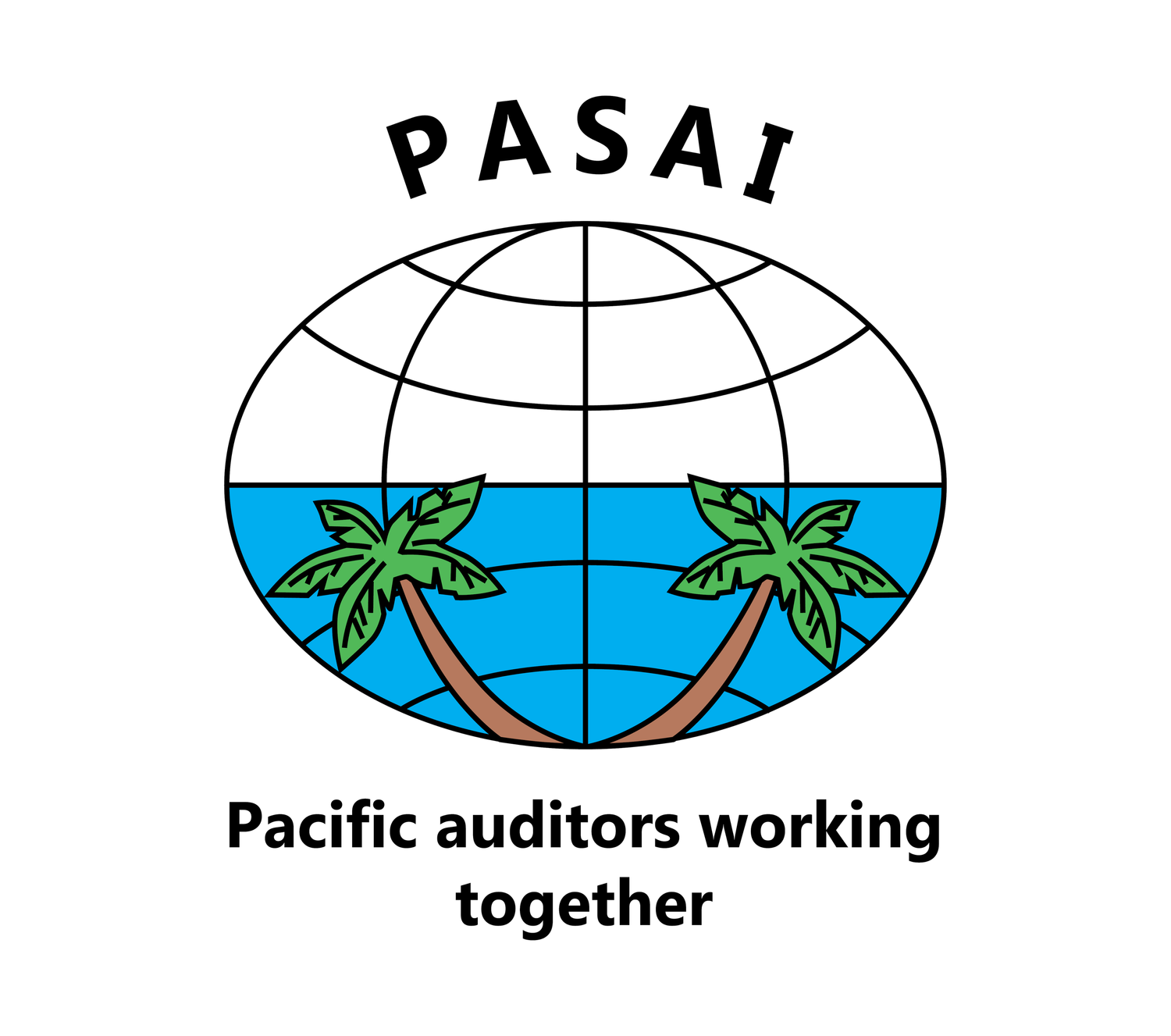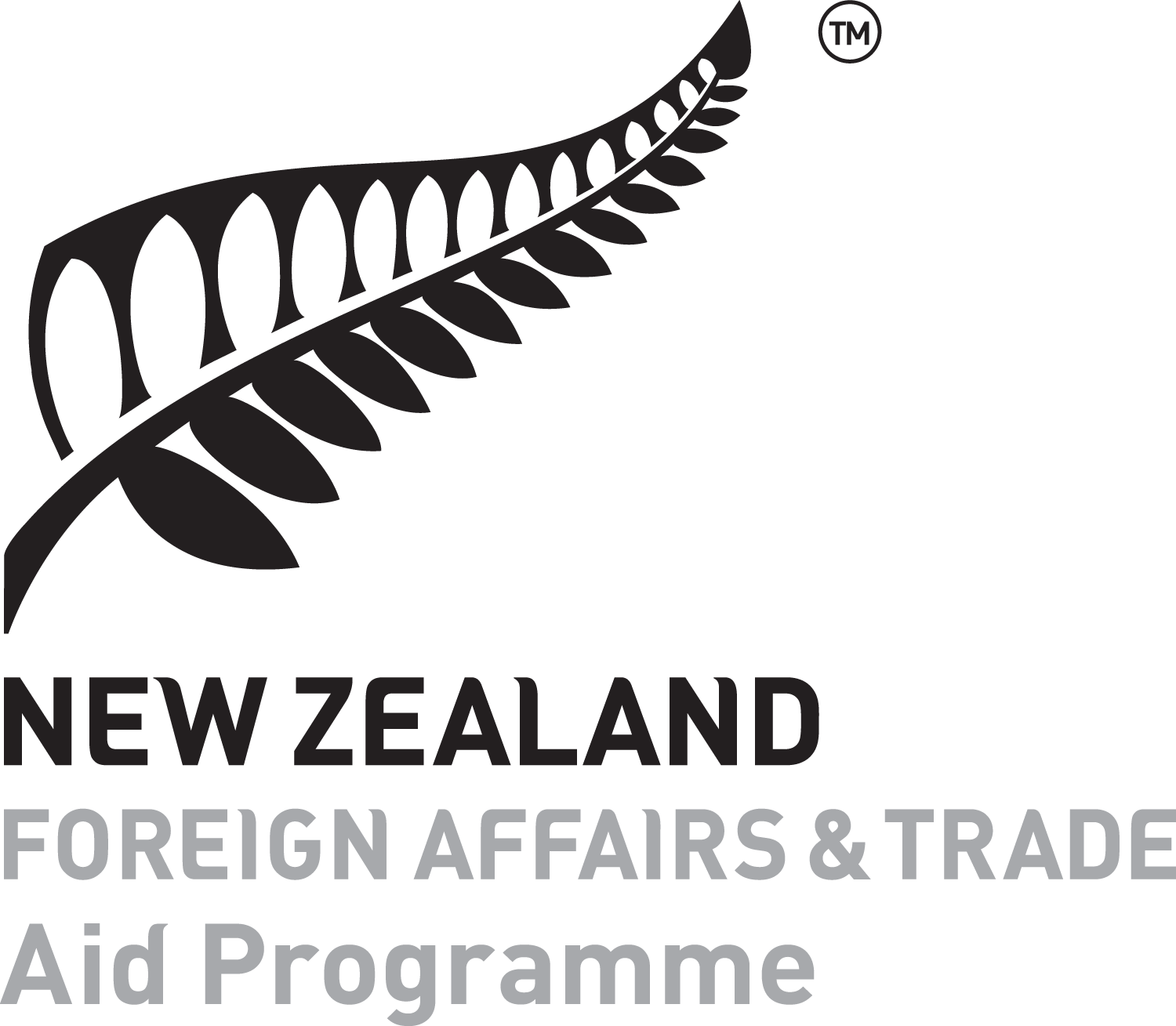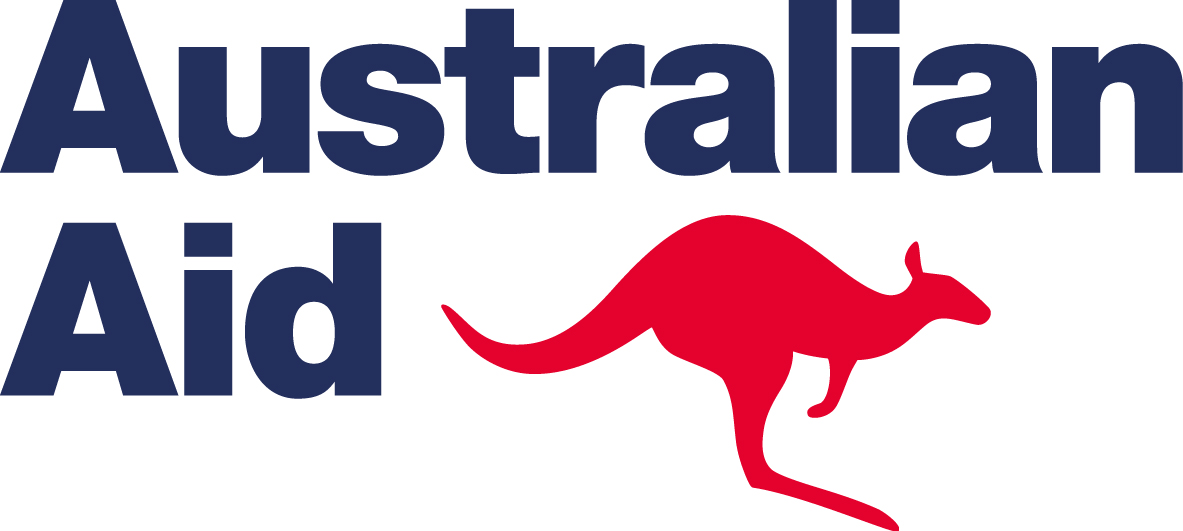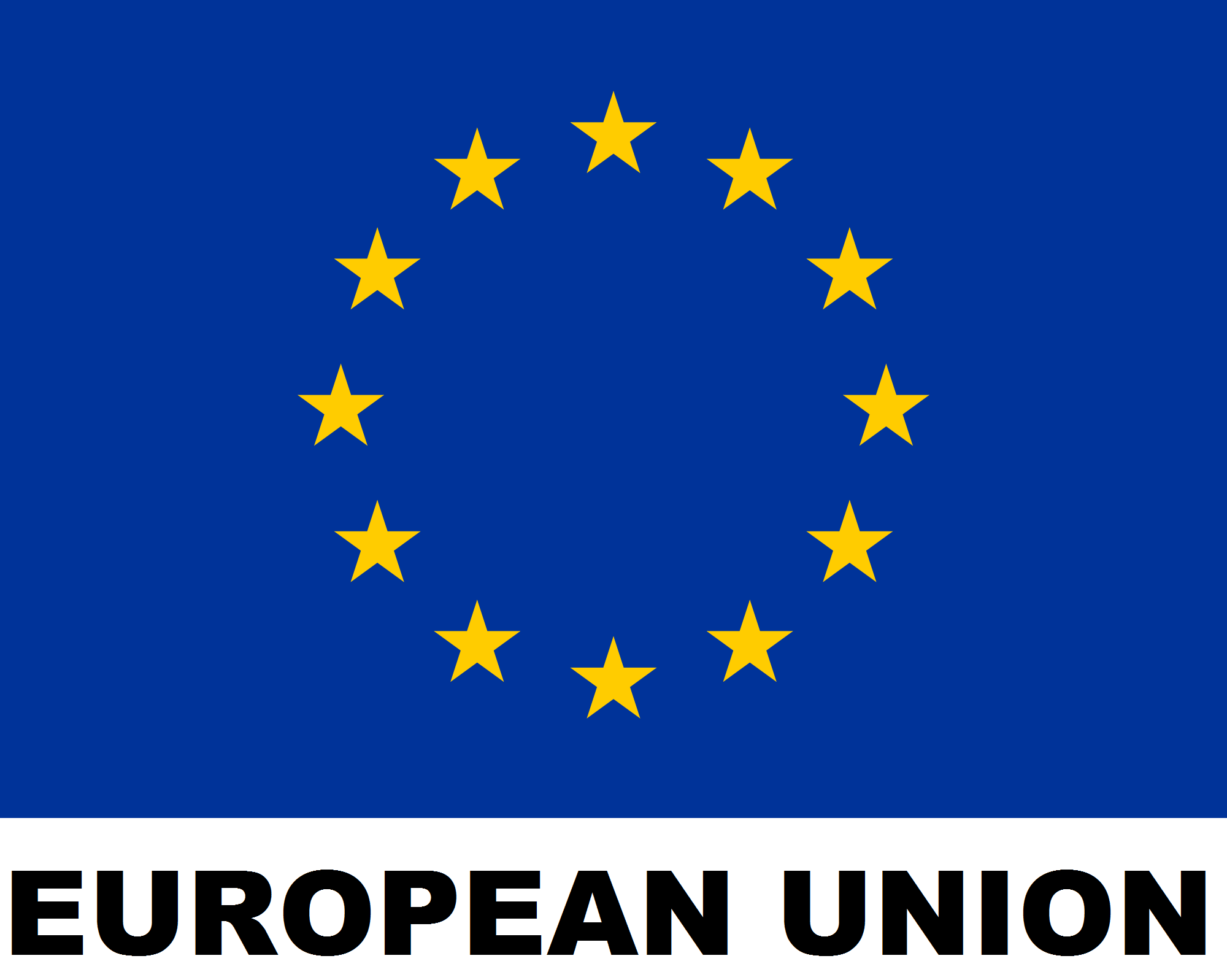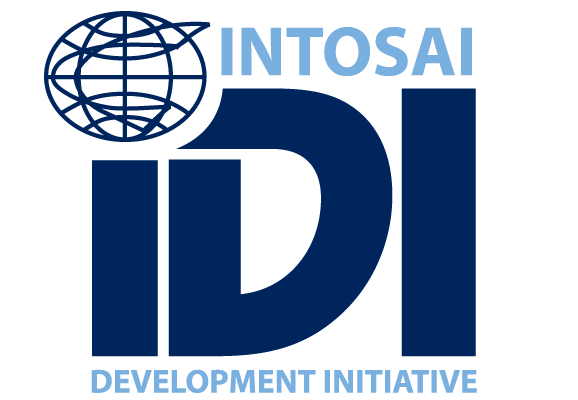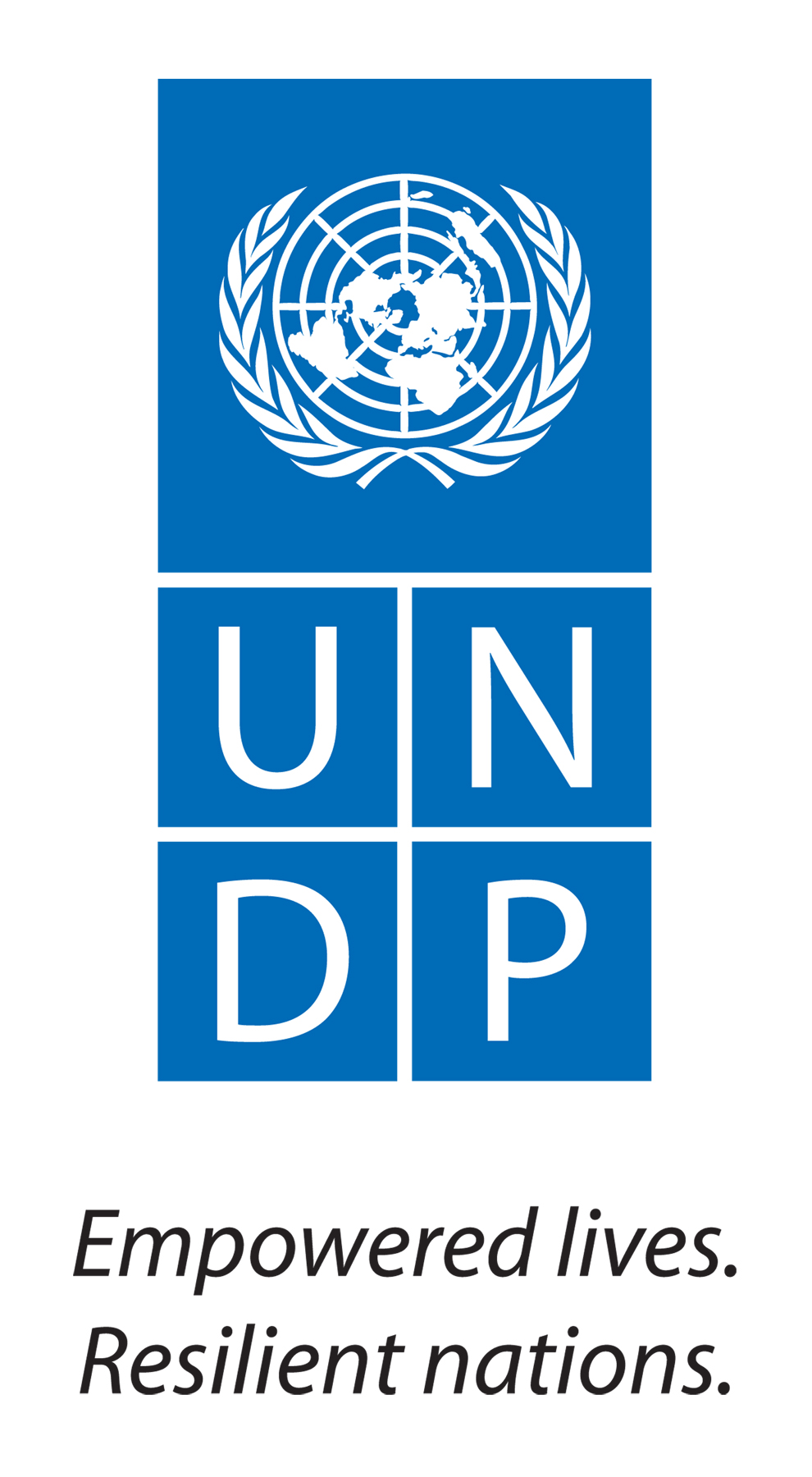Understanding and responding to threats to independence
Threats to SAI independence can be caused by both external and internal factors and behaviours.
Some specific threats to SAI independence include:
Low funding levels or staffing levels, meaning the SAI can’t fulfil its mandate
Poor quality audits leading to reputational risks for the SAI
Delaying nomination or appointment of a SAI head (prolonged vacancy)
SAI accused of ‘politicising’ its work and being biased
Political interference in the SAI’s work
The Executive or Legislature frequently imposing new tasks on the SAI without allocating additional resources
External parties trying to influence inappropriately the results of audits
Politically engaged media attacking the SAI’s credibility
Resources
A discussion on threats to SAI independence can be found in pages 81–84 of the INTOSAI paper Strengthening External Public Auditing in INTOSAI Regions (INTOSAI Conference 26–27 May 2010, Vienna).
The IDI guidance also discusses common threats to independence (pages 51–55).
The IDI Global SAI Stocktaking Report 2017 shows the independence related results for the PASAI region.
The survey found the biggest threat to independence in the PASAI region is executive interference in budget setting, which has increased from 35% in 2014 to 57% in 2017 (page 56).
Similarly, the survey found:
66% of PASAI member SAIs do not have budgetary independence (page 24)
62% do not have full budgetary management autonomy (page 25)
10% have no budgetary autonomy at all (page 25).
There are possible mitigation strategies for threats to SAI independence.

